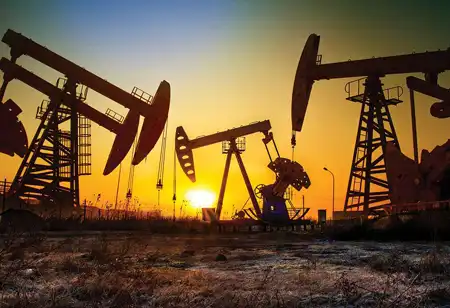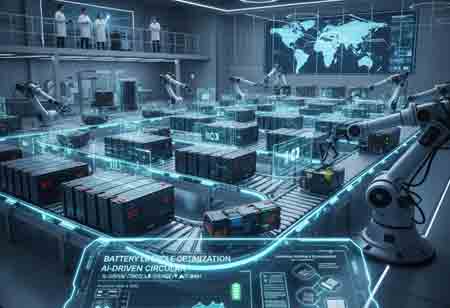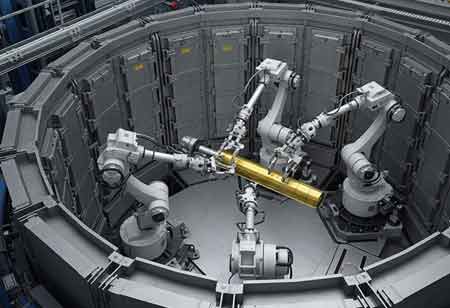CLOSE
Specials
I agree We use cookies on this website to enhance your user experience. By clicking any link on this page you are giving your consent for us to set cookies. More info
Be first to read the latest tech news, Industry Leader's Insights, and CIO interviews of medium and large enterprises exclusively from Energy Tech Review
Thank you for Subscribing
Harnessing Waste Heat for Energy Efficiency
Waste Heat Recovery contributes to conserving valuable natural resources, an imperative in a world grappling with resource depletion

By
Energy Tech Review | Monday, November 27, 2023
Stay ahead of the industry with exclusive feature stories on the top companies, expert insights and the latest news delivered straight to your inbox. Subscribe today.
Waste Heat Recovery contributes to conserving valuable natural resources, an imperative in a world grappling with resource depletion.
FREMONT, CA: The increasing environmental consciousness and a growing energy demand leading to the efficient utilization of resources has become paramount. Waste Heat Recovery (WHR) stands as a beacon of hope in this pursuit, offering a multifaceted approach to energy conservation and environmental stewardship. Heat recovered from waste can be used for various purposes, including preheating feedwater, generating electricity, or providing space heating. By integrating WHR systems into industrial processes, businesses can significantly enhance their energy efficiency, reducing energy consumption and operational costs.
The environmental ramifications of energy production and consumption are well-documented. Traditional energy generation methods often involve releasing greenhouse gases and pollutants, exacerbating climate change and air quality issues. WHR represents a sustainable alternative. By harnessing otherwise wasted heat, industries can minimize their reliance on fossil fuels, reducing emissions and lessening their environmental footprint. Integrating Waste Heat Recovery technologies is a strategic investment that yields substantial economic benefits.
Waste Heat Recovery is predicated on converting residual heat, a byproduct of industrial processes, into a valuable resource. By recouping heat that would otherwise be lost, businesses can capitalize on reduced energy costs, leading to enhanced competitiveness in the market. Moreover, governments worldwide are increasingly incentivizing the adoption of sustainable practices and offering tax credits, subsidies, and other financial incentives to companies implementing WHR systems. Waste Heat Recovery systems are versatile and can be integrated into various industrial processes across diverse sectors, including manufacturing, petrochemicals, cement production, and power generation.
The adaptability enhances the resilience of businesses to market fluctuations and facilitates the optimization of operations. Industries can achieve greater operational flexibility by customizing WHR solutions to suit specific processes. The environmental impact of companies is under increasing pressure due to stringent regulations. Waste Heat Recovery is a tangible and effective means of meeting these regulatory standards. Businesses can avoid potential fines and cultivate a positive public image, appealing to environmentally conscious consumers and investors.
Waste Heat Recovery is a linchpin in pursuing a more sustainable and efficient future. By repurposing waste heat, businesses reduce their reliance on primary energy sources, extending the lifespan of finite resources such as fossil fuels. It bolsters the sustainability of industries and contributes to the planet's long-term well-being. Its multifaceted benefits, ranging from heightened energy efficiency to environmental stewardship, render it an indispensable tool against climate change and resource depletion.

Copyright © 2025 Energy Tech Review. All rights reserved






